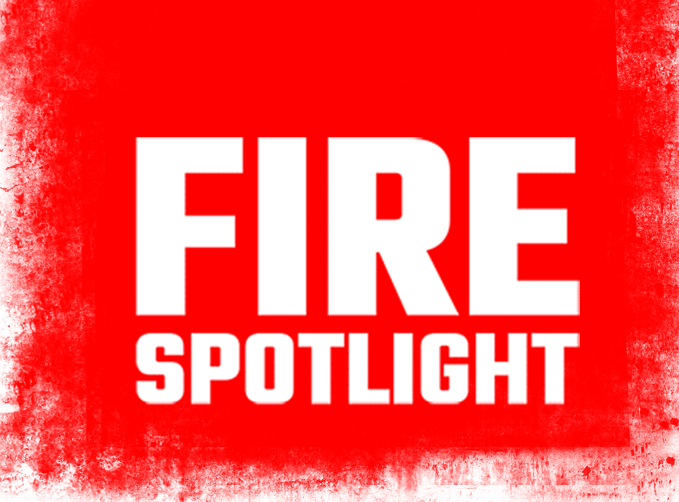In the first two weeks of 2020, seven roadway responders were struck and killed by vehicles while assisting the public — and that was in the U.S. alone.
That’s seven lives in 14 days.
In an era of distracted drivers, departments are adopting new emergency lighting and vehicle conspicuity practices to better alert drivers and divert oncoming traffic away from the scene. The Emergency Responder Safety Institute (ERSI) recently released a report summarizing 44 struck-by fatalities of U.S. roadway responders in 2019; 18 were law enforcement offices, 14 tow truck operators, nine fire/EMS personnel and three mobile mechanics. The ERSI’s 35-page report reviews mitigation strategies. Here are some of the findings:
THE IMPLEMENTATION OF APPARATUS TRAFFIC ADVISORS
The ERSI documented a number of departments that have adopted traffic advisors, lit amber/yellow arrows sticks that improve visibility and give clear direction to approaching motorists. Additionally, the report recommended multi-level or high-rise light systems above obstructing views and to create visibility farther away from the scene. While some advisors utilized directional pulsing light bars, the study found that large arrow boards were especially effective at diverting motorists away from the scene.
THE INTRODUCTION OF DE-COMMISSIONED “BLOCKING” UNITS
The ERSI also highlighted several departments that introduced and converted de-commission vehicles into large blocking units outfitted with emergency lighting, arrow boards and other conspicuity measures, like reflective chevrons. Among the vehicles: dump trucks and retired fire apparatus.
The Irving Fire Department in Texas deployed the first of several repurposed fire apparatus as blocker units in October 2017, implementing the idea after experiencing nine struck-by-vehicle incidents during a five-year period. All of its blocking units are equipped with arrow devices.
Similarly, the Grand Rapids Fire Department utilizes a blocking unit, “Utility 2,” a modified dump truck. The department placed the unit into service after three separate fire apparatus were struck by vehicles in a short period of time. The damages to those three trucks totaled $150,000 in repairs. A traffic advisor typically costs between $6,000 and $11,000. With the increasing demand to protect roadside responders, lighting grants have become more readily available to help departments better equip their roadside vehicles.
THE USE OF LIGHT TOWERS FURTHER ENHANCE ROADSIDE SAFETY
The report also addressed bright white lights, which cause glare and visibility problems for crews and motorists alike. With the advent of new, bright LEDs, the industry saw a problematic trend — departments began mounting LEDs to the truck to eliminate the cost of spec’ing a light tower. However, reports like this strongly suggest using (and positioning) white light to only illuminate work areas, and light towers are one of the most effective ways to direct light.
In fact, light towers can offer up to 360 degrees of rotation, and many models feature a backlight option that enables the bottom row of lamp heads to rotate 180 degrees, making it possible to light dual work areas. Some also offer a unique design that allows the tower to overhang the vehicle in a streetlight position, directing the light down as suggested by the ERSI report. Additionally, a light tower clusters and elevates the light, much like sports stadium lighting, improving illumination for working crews while creating non-glaring light that alerts motorists of the incident ahead.
The ERSI has made its tracking of 2020 struck-by-vehicle deaths to date available to the public at www.respondersafety.com/FatalityReports. The ERSI also produces ResponderSafety.com and the ResponderSafety Learning Network (learning.respondersafety.com), which offer online training and traffic safety certification programs.
